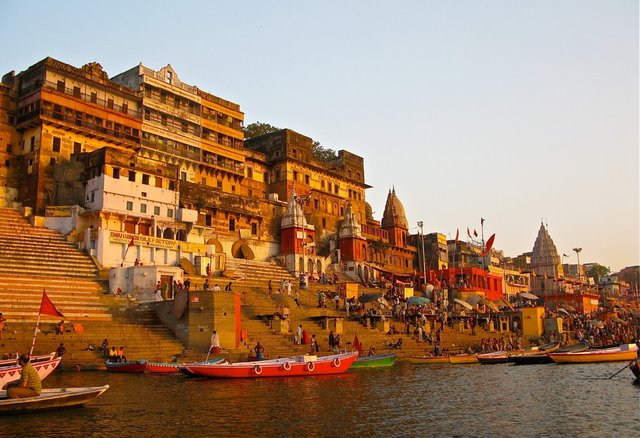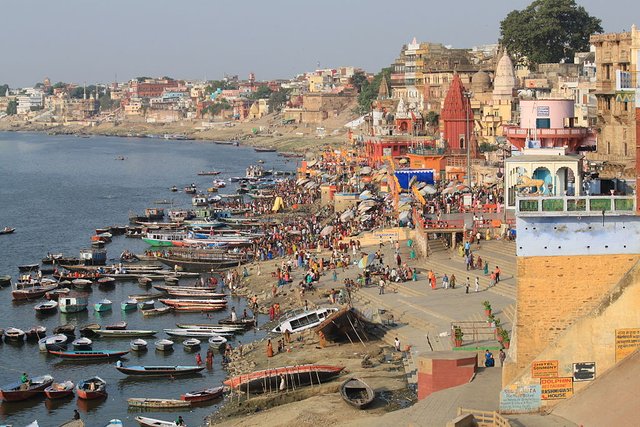VARANASI also was known as Benares, Banaras or Kashi is a city on the banks of the Ganges in the Uttar Pradesh state of North India, 320 kilometers (200 mi) south-east of the state capital, Lucknow, and 121 kilometers (75 mi) east of Allahabad.

Eighty-six years after the city got electricity, overhead power cables in Varanasi are being dismantled after a project to lay underground lines over 16 sq.-km has been finally completed. Laying cables for 50,000 consumers through the serpentine lanes and congested markets in one of the world’s oldest cities was quite a challenge for the Power grid, the company conducting the integrated power development scheme (IPDS) project.

Before and After
“Demographics-wise Seoul and some Turkish cities on the riverfront were considered complicated. While implementing IPDS in Varanasi, we realised this is the most complicated city to lay infrastructure for underground cables,” said Powergrid’s project manager for IPDS Varanasi, Sudhakar Gupta. The company took two years, and finished in December 2017.
Former Union minister of state for power and coal Piyush Goyal announced the Rs 432-crore project for underground cabling work under IPDS for Varanasi in June 2015. Prime Minister Narendra Modi launched the Rs. 45,000-crore IPDS for the country in Varanasi in September 2015. The pilot project was rolled out in Kabir Nagar and Ansarabad.
Work started in December 2015, and Goyal visited regularly to monitor the project and said it would be completed in a year though it had a two-year deadline. “Major differences were found in the actual requirement and proposal in the detailed project report,” a Power grid official said. Since lanes are narrow, very small pedestal boxes had to be installed for switch boxes.

Eleven old substations have been modernized and two new ones built at Chowk and Kazzakpura areas. Dealing with existing underground utility lines for sewage, water supply, BSNL, among others, was also a challenge. As there is no map of these lines, Power grid workers often damaged them, stopping work till compensation was paid to the agency concerned. Atul Nigam, managing director of Purvanchal Vidyut Vitran Nigam Limited, said line and revenue losses have reduced after putting cables underground. Line loss in the area covered by IPDS has come down to 9.9% from 42.7%, while consumer complaints have dropped as well, he said.
Very cool! These are things about infrastructure that you might never know. It is very interesting to see how things work in areas all over the world. I wonder if the citizens are happy or unhappy about the signs of further change.
Downvoting a post can decrease pending rewards and make it less visible. Common reasons:
Submit
obviously the changes will improve the lifestyle of mass people of the city.
Downvoting a post can decrease pending rewards and make it less visible. Common reasons:
Submit